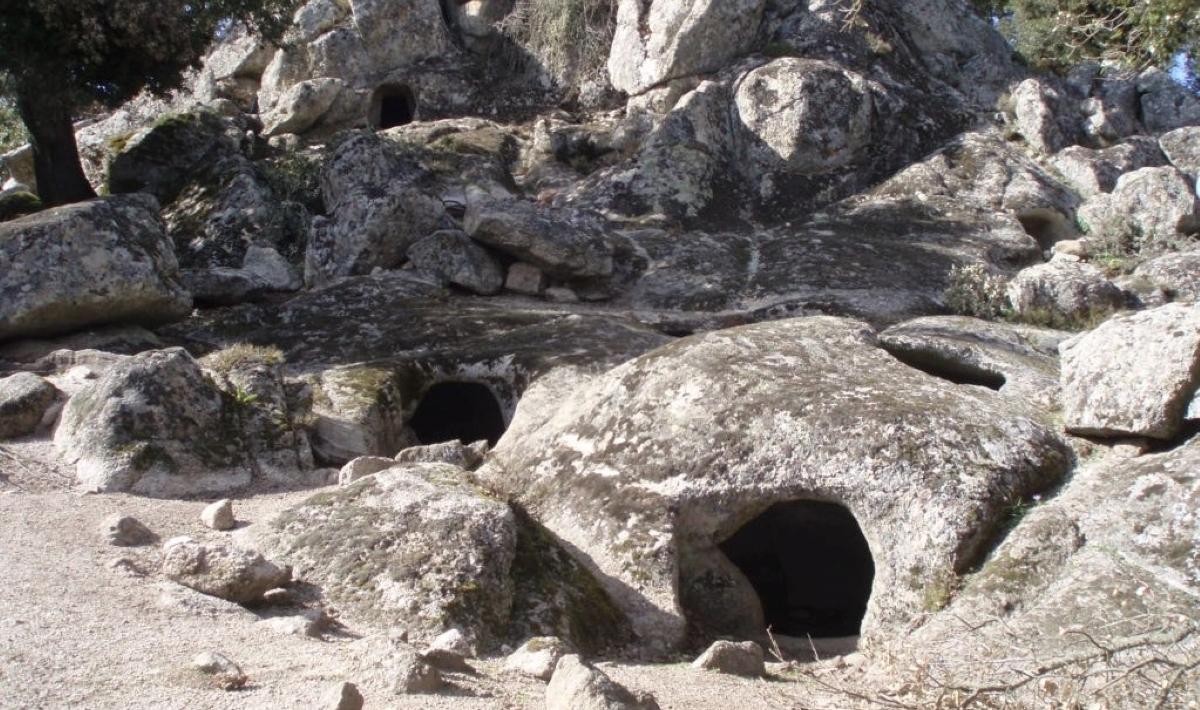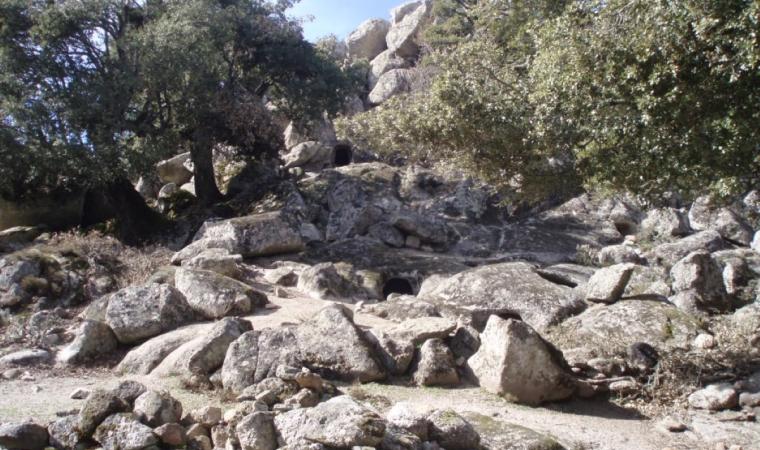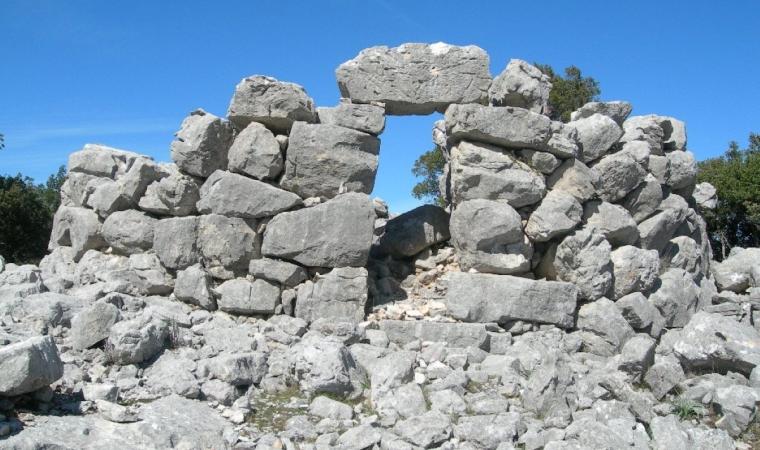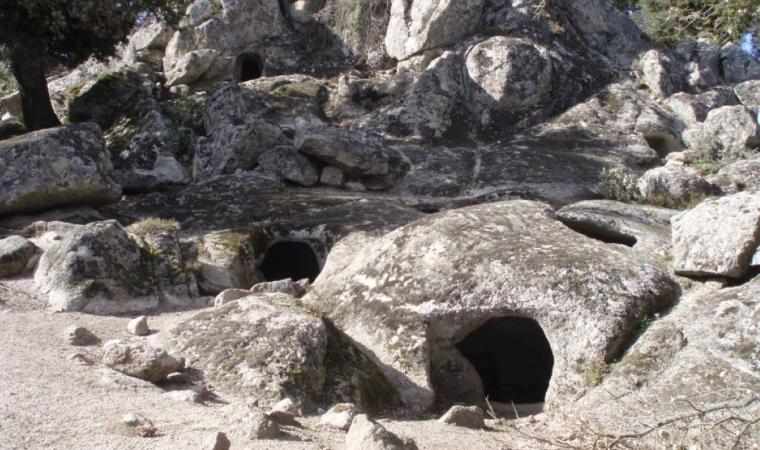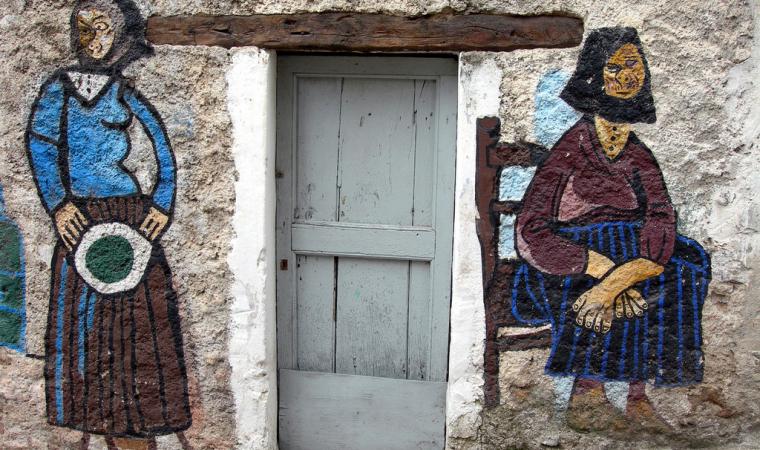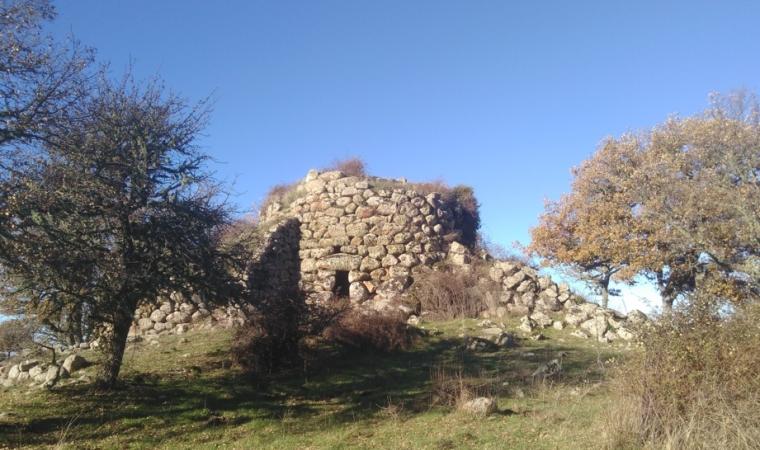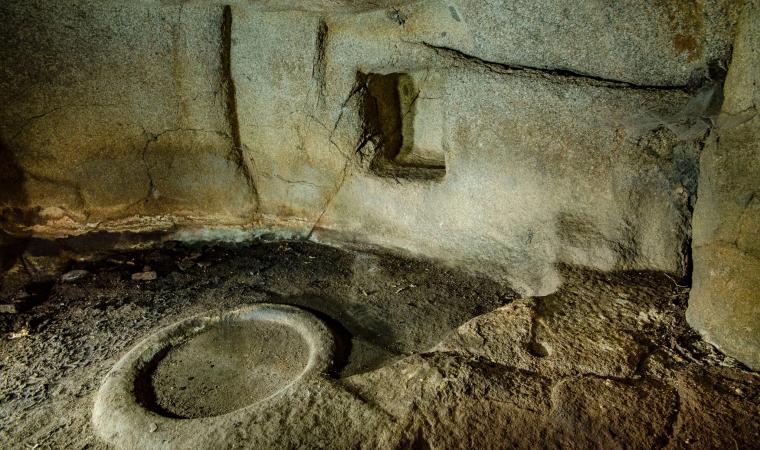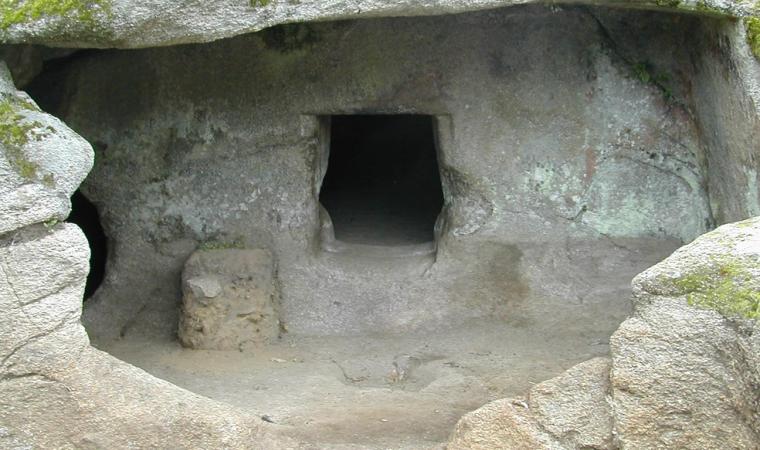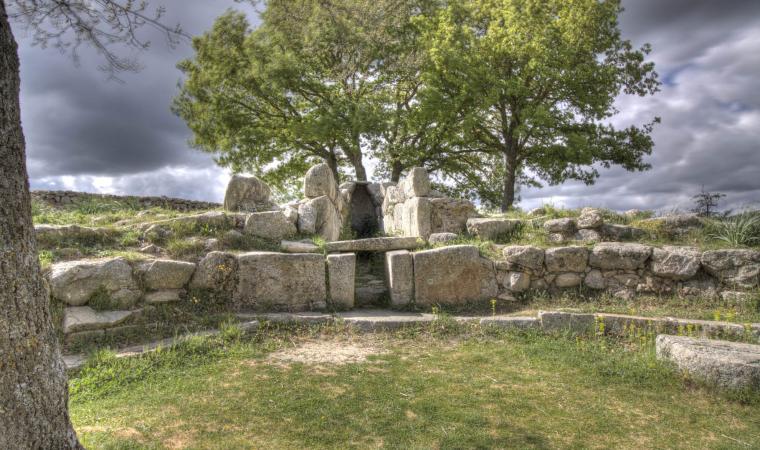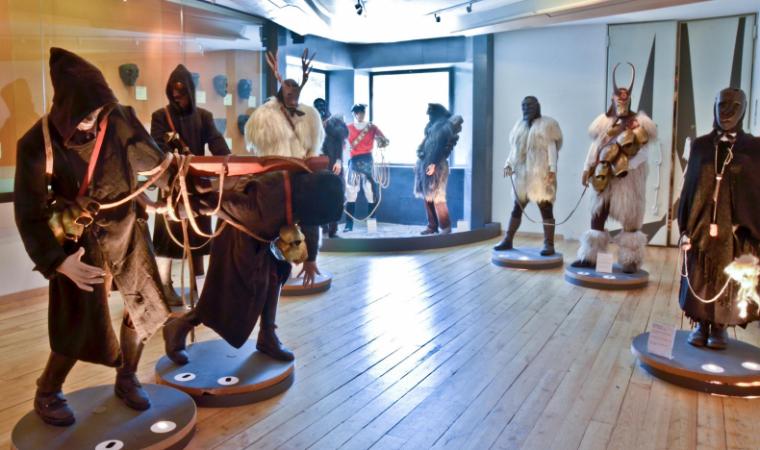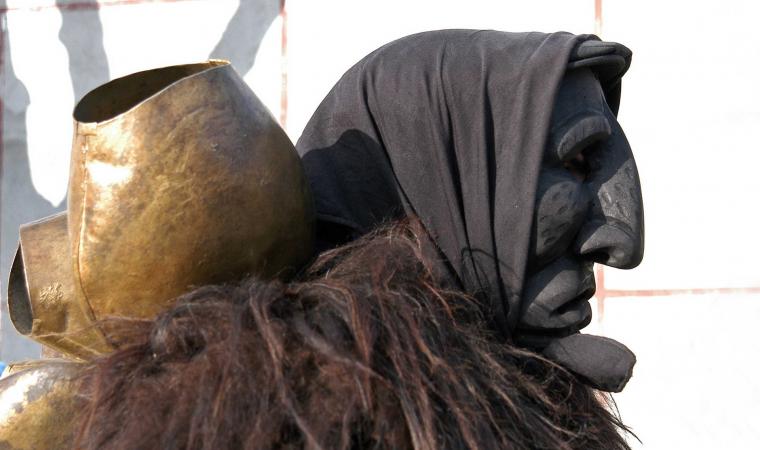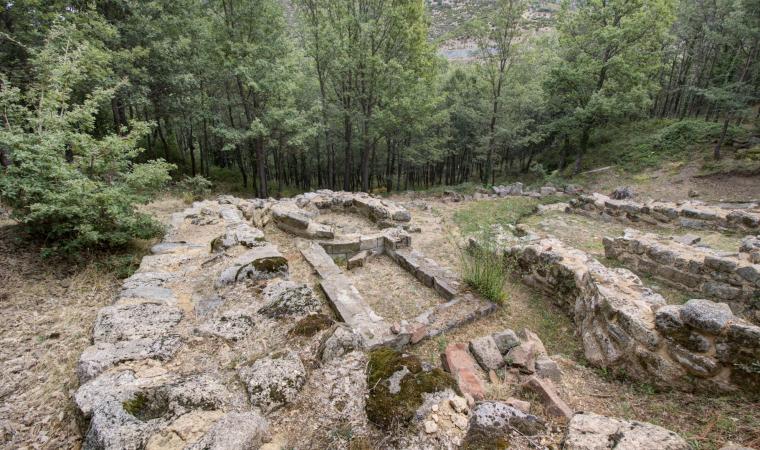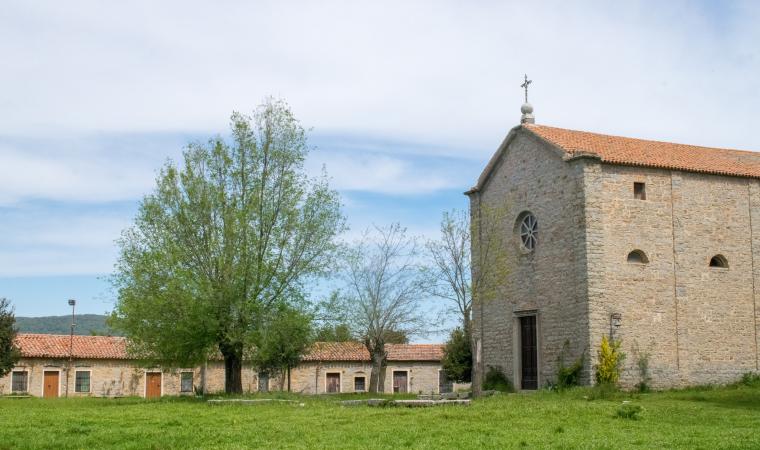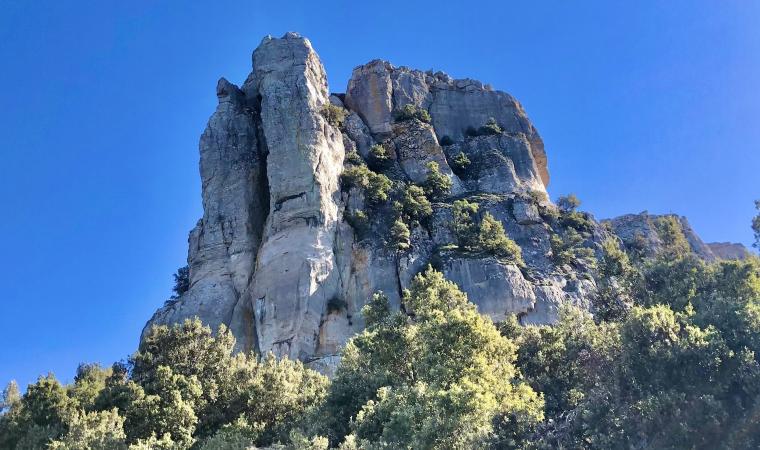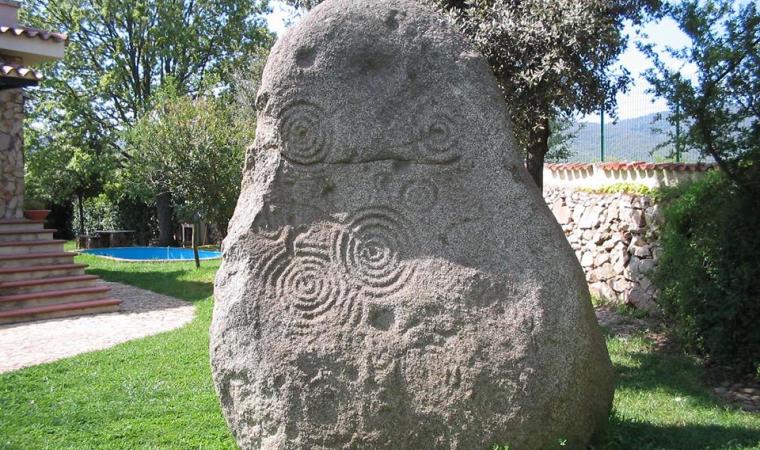From the Neolithic to the Imperial Age, millennia crossed by eras, cultural phases and periods of encounters (and perhaps clashes) with peoples arriving from the sea. Sirilò is a settlement about four kilometres from Orgosolo, which occupies the peak and the slopes of a thousand-metre-high mountain. On the summit are the remains of a nuraghe, around which there is a village, various Domus de Janas – 13 have been identified so far -, a dolmen and an unusual temple that ‘incorporates’ another Domus. The first three rows of the Nuragic tower still remain: you will spot the trapezoidal entrance with an architrave still in situ. It was built using large granite blocks. From its position, you can enjoy a breathtaking 360-degree view: Supramonte di Oliena to the east, the Gennargentu massif to the south and to the west you can see Fonni, while to the north, beyond Orgosolo, the view opens onto Nuoro.
The village has about fifteen huts, already inhabited in the pre-Nuragic age. The necropolis dates back to the same period, with tombs that were dug out of the granite rock and a holm oak forest extending around it. You will see tombs created according to a simple plan and influenced by the shape of the slope, with one or two rooms with varying layouts. Some tombs are more elaborate from an architectural point of view, with funeral alcoves positioned higher than the floor, cornices, grooves in the doors connecting the rooms, small counters and cupules for depositing offerings. No symbolic elements have been identified - for that matter, they are absent in all the ‘fairy houses’ in the area -, but you will notice residual traces of red ochre on some walls.
The temple consists of a cylindrical body and a vestibule, where there are still traces of the benches against the walls. Further south, almost ‘camouflaged’ between the granite rocks and woods, you will find the dolmen. Unlike the religious and funeral buildings, materials that testify to continuity of use have been recovered in the village, including Etruscan and Greek imported objects. Sirilò therefore bears witness to the cultural change taking place at the beginning of the Iron Age, with the abandonment of the ‘old’ symbols. The traces continue as far as Roman times. Some think that the site - like the village of Tiscali, in the nearby Lanaitto valley – was an outpost of ‘resistance’ by the locals against the imperial conquest. The inaccessible position, which was easier to defend than to occupy, along with the absence of temples, memorial stones or Latin inscriptions in the area and the fact that there are no place names of Roman origin in the territory, seem to support this theory.
A few hundred metres separate Sirilò from another Pre-Nuragic necropolis: the Domus de Janas of Oreharva. There are 17 of them, of the single and multi-cell types, located in the forest. One of them is buried and two are unfinished.

